Should I bother cycling a planted tank before planting?
Introduction to Cycling Aquarium
A cycling aquarium is the foundation of a healthy planted tank, ensuring that ammonia produced by fish or decaying organic matter is efficiently converted into less harmful compounds. This process allows beneficial bacteria to establish themselves, creating a balanced ecosystem that supports both plants and aquatic life.
Without proper cycling, plants may struggle to thrive due to toxic ammonia or nitrite spikes. Understanding the nitrogen cycle and its role in maintaining water quality is essential for anyone setting up a planted tank, even before adding their first plant.
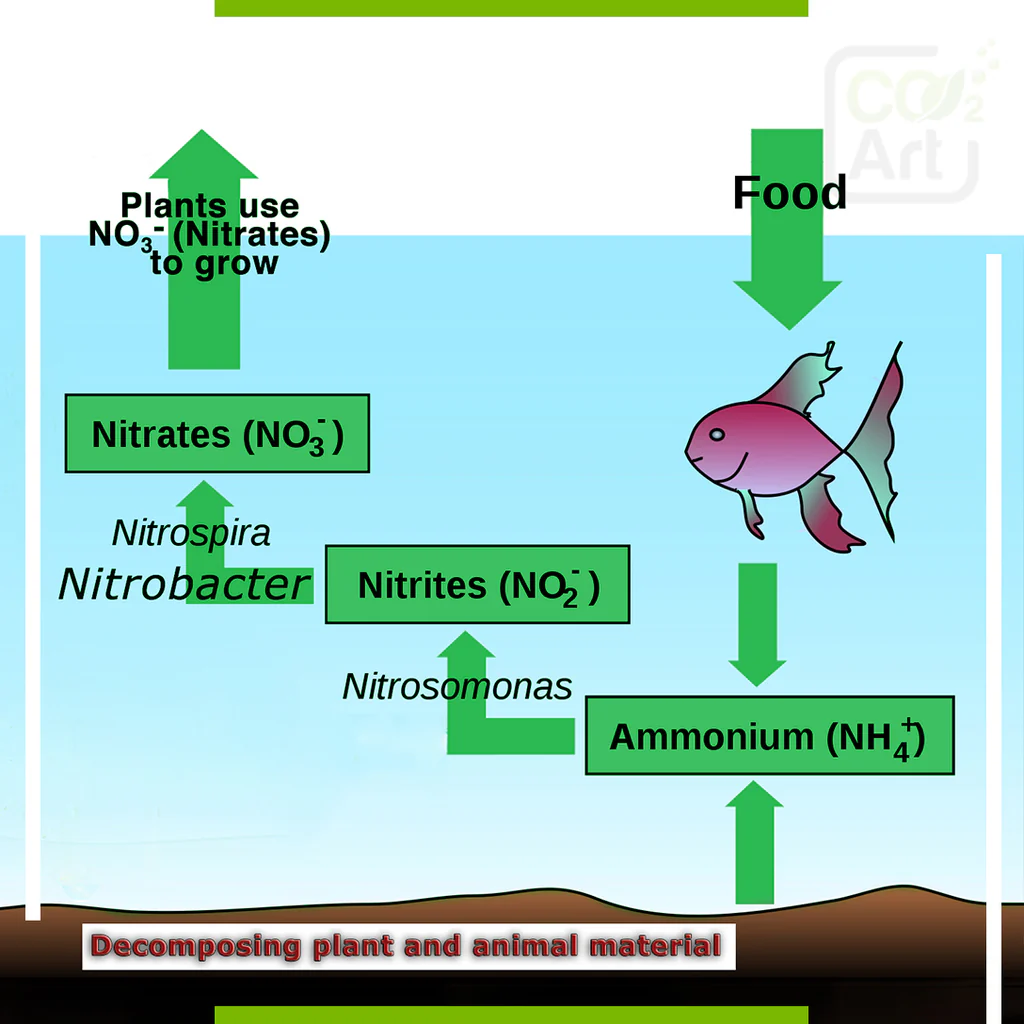
Understanding How to Cycle a New Tank
Knowing how to cycle a new tank is crucial for a successful planted aquarium. The process involves building populations of beneficial bacteria that convert ammonia into nitrites and then into nitrates, which are less harmful and serve as nutrients for plants.
There are several methods for cycling, including fishless cycling, adding hardy starter fish, or using established filter media. Taking the time to cycle a new tank ensures that plants and fish can coexist in a stable and safe environment from the start.
The Basics of Tank Cycling
Tank cycling is more than just waiting; it is a carefully monitored process that requires regular testing of ammonia, nitrite, and nitrate levels. During the cycle, ammonia rises first, followed by nitrites, and finally nitrates, which are absorbed by plants or removed during water changes.
Patience is key, as rushing the process can lead to tank cycling issues such as ammonia spikes that harm plants. Understanding these stages allows hobbyists to predict and manage chemical changes, creating a foundation for healthy plant growth.
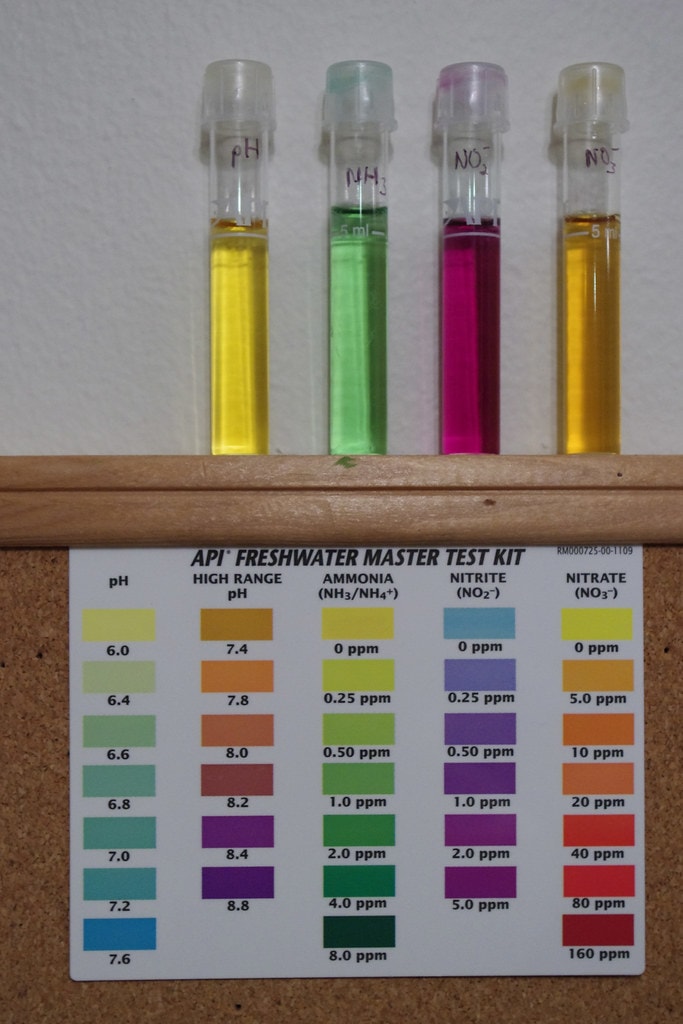
The Best Way to Cycle a Tank
The best way to cycle a tank often depends on the type of planted aquarium and the hobbyist’s experience. Fishless cycling, using pure ammonia or filter media from an established tank, is commonly recommended to avoid stressing fish or plants.
Alternatively, some hobbyists choose fish-in cycling with hardy species, carefully monitoring water parameters to prevent damage. Knowing the best way to cycle a tank ensures that both plants and fish experience minimal stress and that beneficial bacteria establish efficiently.
Common Practices in Cycling Tanks
Many aquarists follow standard cycling tanks practices to prepare their planted setups. Regular testing of water parameters, patient monitoring, and gradual adjustments prevent sudden changes in pH or ammonia levels that could harm plants.
Using substrates that support bacterial growth, such as aquasoil, can accelerate the cycling process. By adhering to established cycling tanks techniques, hobbyists create a safe, nutrient-rich environment that allows plants to thrive and reduces the risk of early tank problems.
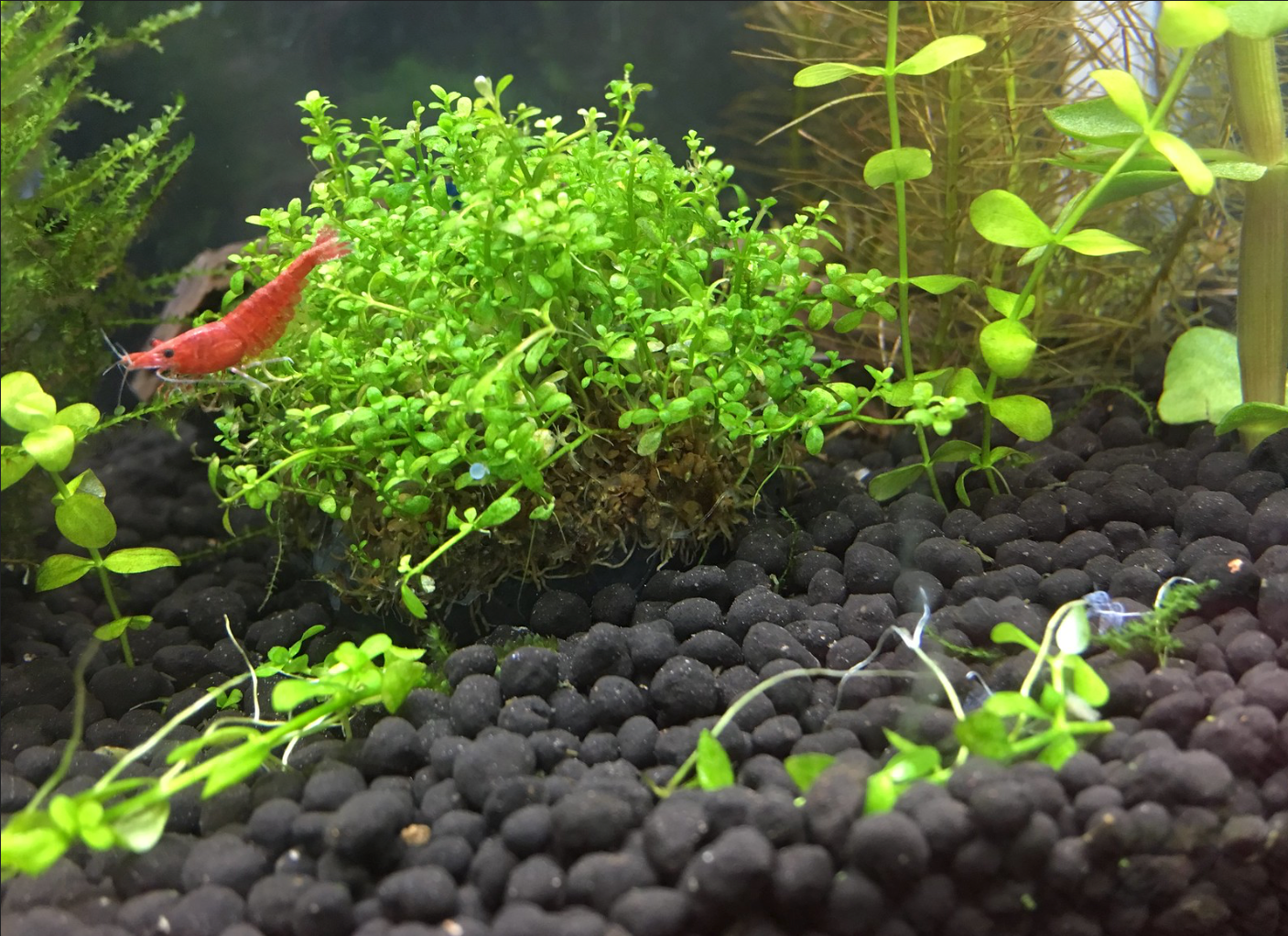
Why Cycling is Important Before Adding Plants
Starting a planted tank without completing the cycling phase can lead to unstable conditions and high ammonia levels, which may harm sensitive plants and newly added fish. Beneficial bacteria need time to establish themselves in the substrate and filter to ensure effective biological filtration and safe nutrient conversion.
Even in a new tank, ammonia generated from fish waste or decaying matter can quickly reach toxic levels, especially in an uncycled tank. Completing a proper cycle before adding plants or fish allows the planted aquarium to maintain stable system water and supports the nitrogen cycle, giving both plants and fish the best chance to thrive.
Effects of Skipping the Cycling Process
An uncycled tank is prone to sudden ammonia spikes, which can damage sensitive plants and stress fish or shrimp populations. Without sufficient beneficial bacteria, biological filtration is incomplete, allowing ammonia levels to rise to toxic levels within just a few days of adding fish.
Skipping the cycling process often results in poor plant health, stunted growth, and potential algae blooms in planted aquariums. Observing the nitrogen cycle in a properly cycled planted tank ensures that ammonia, nitrites, and nitrates remain within safe ranges, creating a stable environment for both plants and fish.
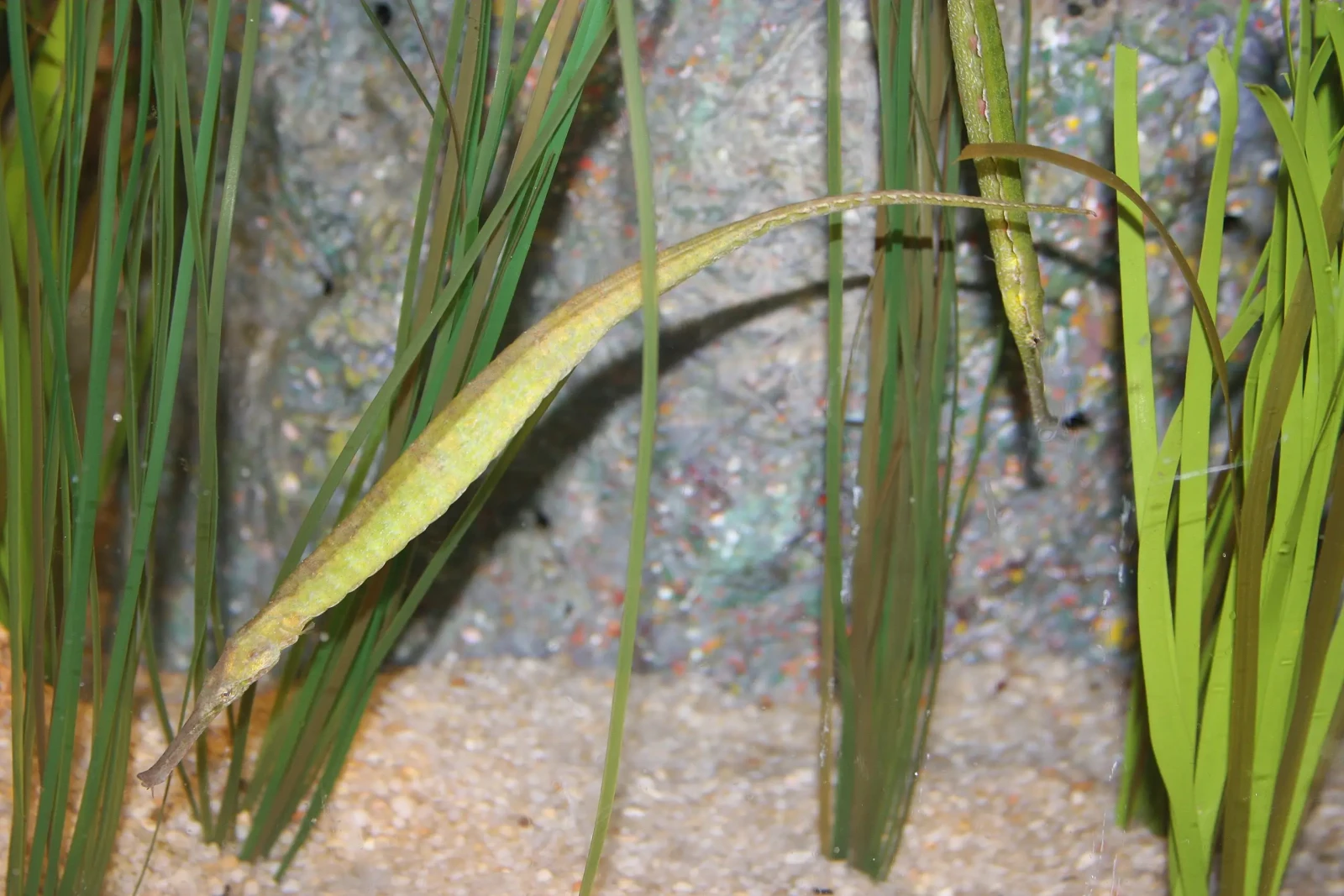
Water Parameters and Plant Health During Cycling
Monitoring tank water in a planted aquarium during the cycling process is crucial to prevent ammonia spikes and ensure healthy plants. A new tank often lacks sufficient beneficial bacteria to process ammonia efficiently, making regular testing of pH, GH, and KH essential for stability.
Introducing fish or shrimp too early can create additional ammonia sources, increasing the risk of reaching toxic levels. Proper biological filtration and careful observation of the nitrogen cycle allow the planted tank to maintain balanced nitrates and safe conditions for plants and aquatic life.
Role of Substrate and Fertilizers in Early Cycling
The type of substrate in a planted aquarium affects the cycling process, as nutrient-rich soils can enhance plant growth while supporting beneficial bacteria. Adding fertilizers too early can contribute to an ammonia source, which must be carefully managed to avoid ammonia surge.
In large tanks, the distribution of nutrients and bacteria across the substrate is critical for effective biological filtration. Proper filter setup and regular monitoring of aquarium water ensures that ammonia levels remain manageable, helping plants establish quickly without causing stress to fish or shrimp.
CO2 Injection and Its Impact on Cycling
Adding CO2 in a planted aquarium accelerates plant growth but can influence ammonia levels and the activity of beneficial bacteria during the cycling process. In large tanks, CO2 injection lowers pH, creating a slightly acidic environment that plants love but requires careful monitoring to prevent toxic levels of ammonia.
For hobbyists using fish in cycle, CO2 can reduce the stress caused by pH fluctuations, helping sensitive plants establish faster. Proper filtration and substrate selection ensure that the nitrogen cycle continues efficiently, while lights and nutrients are balanced to support healthy growth.
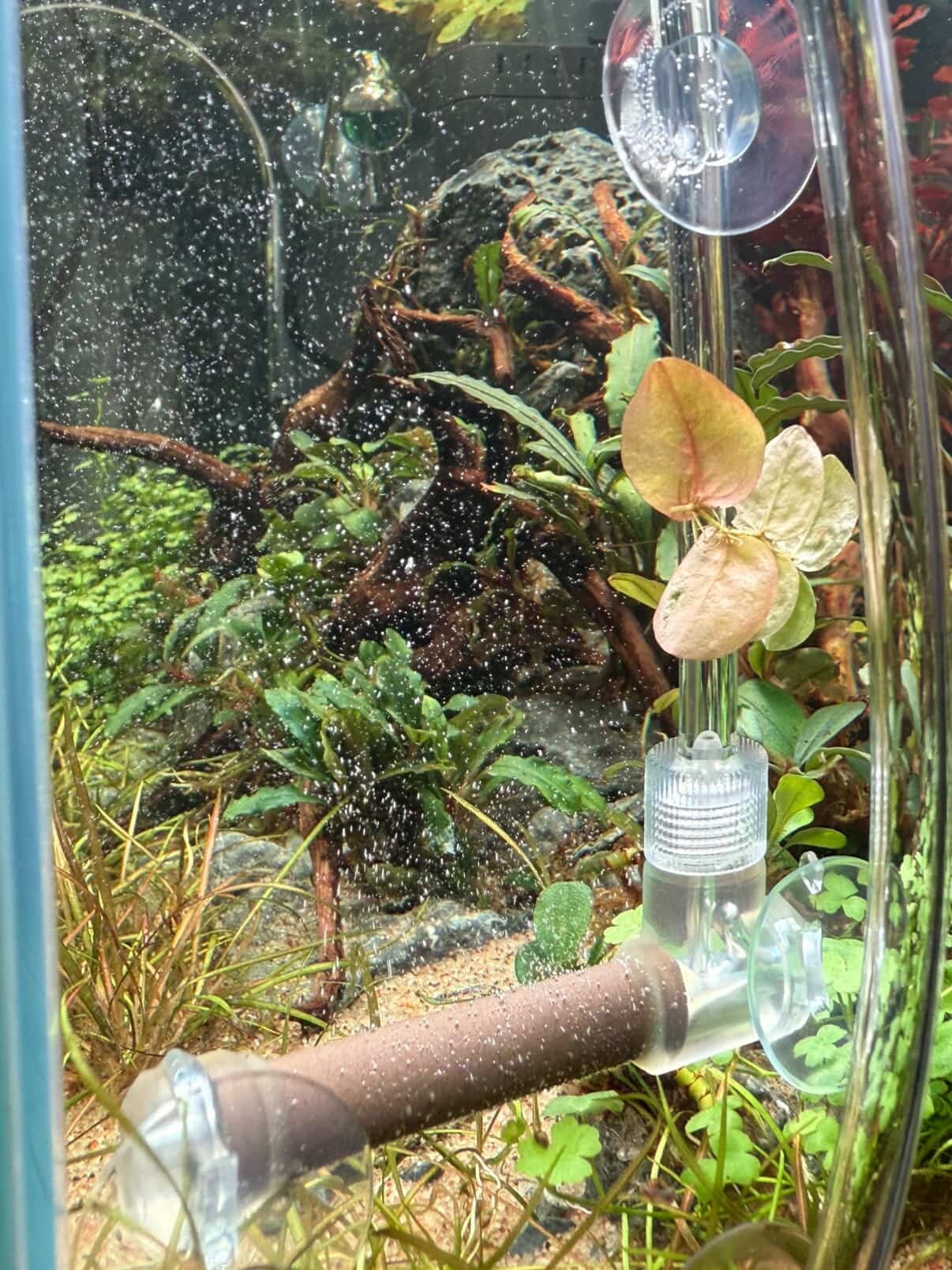
Introducing Fish During or After Cycling
When adding fish during the cycling process, it’s crucial to monitor ammonia spikes closely, as young tanks have limited beneficial bacteria to process waste. Using hardy species or small groups reduces stress on the planted tank and prevents water quality issues.
In an established tank, adding fish is less risky, as the biological filtration is fully developed and ammonia levels remain stable. Gradual introduction and consistent monitoring of tank water ensure both fish and plants thrive without causing algae outbreaks or other complications.
Maintaining a Healthy Planted Tank Post-Cycle
In a planted tank, regular water changes and monitoring of tank water help maintain stable ammonia levels and prevent algae growth. Proper care of substrate and consistent filter maintenance ensures beneficial bacteria populations stay strong, supporting the nitrogen cycle and healthy plants.
For large tanks, splitting water changes over several weeks can prevent ph fluctuations and protect sensitive plants. Regular attention to lights, nutrient dosing, and the environment ensures the planted aquarium remains vibrant and resilient.
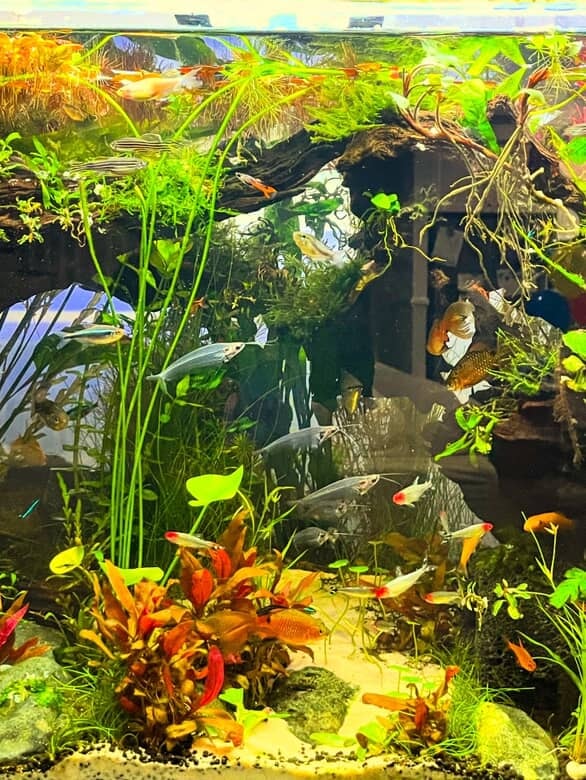
Troubleshooting Common Cycling Issues
During the cycling process, fish in cycle may show stress if ammonia spikes occur in a new tank. Testing for nitrates and maintaining filter efficiency can help reduce the risk of reaching toxic levels, protecting both plants and fish.
In an established tank, minor adjustments in substrate, lights, or water changes often resolve most cycling issues. Observing algae growth and nutrient uptake allows hobbyists to correct imbalances and maintain a healthy planted aquarium over time.
Conclusion: Is Cycling Worth It for Planted Tanks?
Completing a proper cycle before planting is essential for the long-term success of any planted tank. Stable ammonia levels, a healthy nitrogen cycle, and strong populations of beneficial bacteria protect fish, shrimp, and plants from stress and toxic levels of waste.
By paying attention to tank water, substrate, filter, and lights, hobbyists can create a thriving planted tank. Whether managing a large tank or a small setup, proper cycling ensures healthy plants, balanced nutrients, and minimal algae, making the effort worthwhile.



